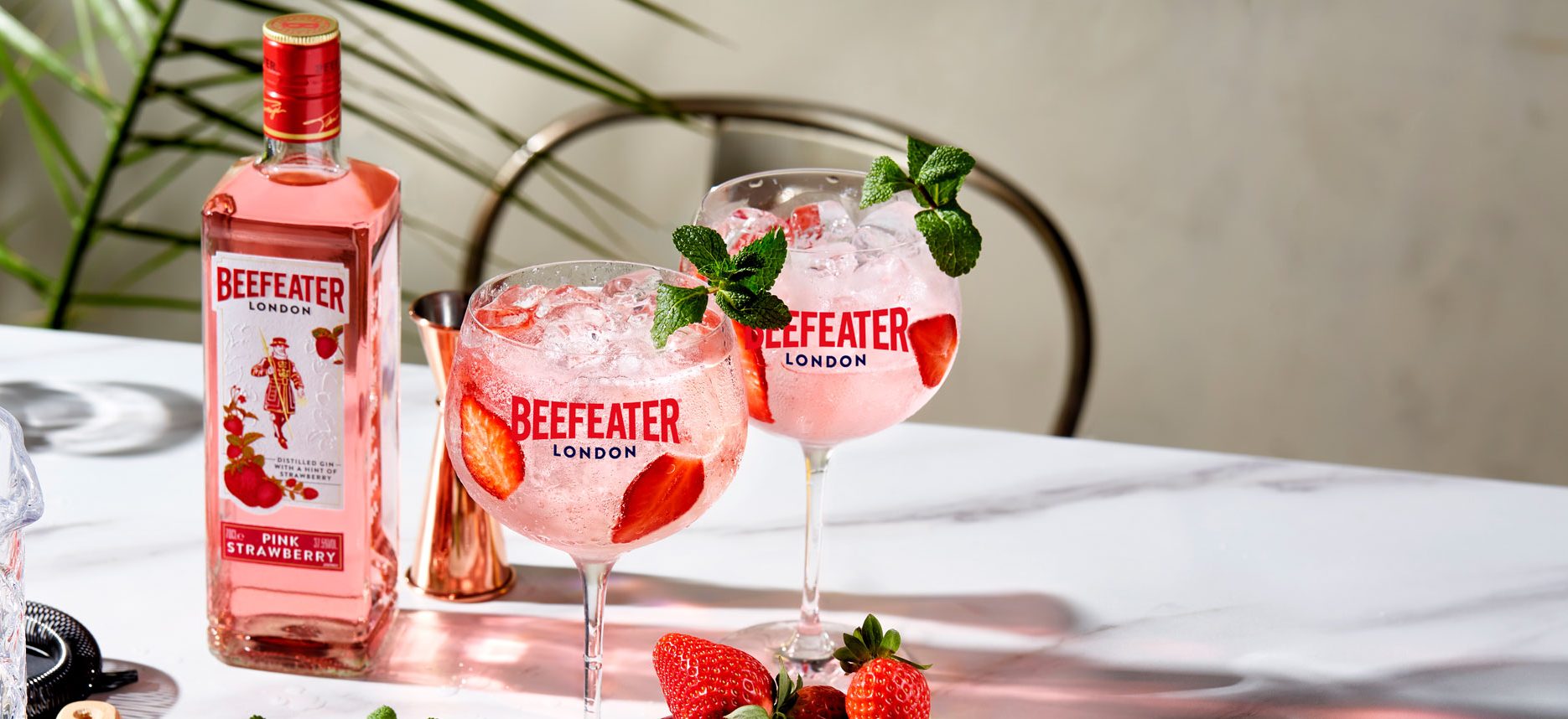Pink gin is everywhere you look; on Instagram, in your favourite cocktail bar – even in your best mate’s prized alcohol cabinet.
But where did pink gin originate from? Let’s explore the history of this increasingly popular tipple and find out more about pink gin.
What is the history of pink gin?
In the early 1800s, a German physician named Dr. Siegert was travelling around South America, searching for a cure for tropical stomach issues, which led to the creation of Angostura Bitters in 1824. This so-called medicine was then used on Navy Ships to alleviate sea sickness. The trouble was that the substance was so incredibly bitter, so gin was added to create something much more palatable and, as a by-product, had a beautiful pink colour to it.
At the end of the 18th Century, the Angostura gin mixture was a huge hit worldwide, especially in the UK. It became well-known as the ‘Pink Gin’ cocktail. Drinkers of the cocktail would then add their own garnishes and mixers including lemons and tonic, making the concoction taste even better!
What is the difference between gin and pink gin?
Today pink gin and regular distilled gin are made in the same way. However, rather than having a clean taste of juniper berries and botanicals, pink gin is a sweeter spirit flavoured with red fruits and berries.
Why is pink gin so popular?
Pink gin has risen in popularity over recent years. This is mostly for those who find the taste of dry gin a little too sharp and prefer the sweeter taste of pink gin. The pink colour also lends itself to colourful cocktail creations like the Pink Gin Spritz and Pink French 75. Find more pink gin cocktails to try.
What is pink gin made from?
Nowadays, when producing pink gin, the base gin is distilled in the same way as your original gin, but after distillation, the gin will be infused with red or pink fruits like raspberries, strawberries and redcurrants, or bitters like the original recipe. Colouring and sweeteners can also be added at this stage to lift the fruity notes.
Beefeater Pink Gin
There are all kinds of pink gins out there, but Beefeater Pink Strawberry Gin really shines. The ‘pink’ element of the Beefeater Pink Strawberry gin is a beautiful, natural strawberry flavour. We use the original recipe of the Beefeater London Dry and the addition of strawberry to elevate the spirit’s sweetness. Strawberry also really works wonders with notes of juniper and citrus. It is a truly balanced and modern gin which we’re sure you will love!
Do you drink pink gin straight?
Just like dry gin, pink gin can be enjoyed in a number of ways. It’s often used as a sweeter replacement in gin and tonics, gin sours and other gin cocktails. Or can be served neat or with ice. Pink gin also tastes wonderful with various mixers and alcoholic drinks including lemonade, ginger ale and Prosecco.
From the early days of bitters to the Beefeater Pink Strawberry gin and tonic, pink gin has certainly been enjoyed – and continues to be enjoyed – all over the world. If you’d like to try making your own Beefeater Pink cocktail, head to Beefeater Gin Cocktails. Or find out more about other types of gin or the history of the gin and tonic.
